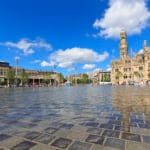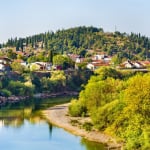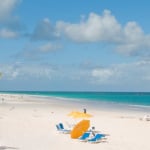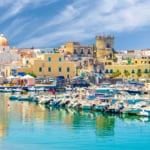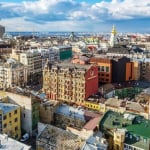Name:Sudan National Museum
Address:El Neel Avenue, Khartoum, Sudan
Related Site:http://sudannationalmuseum.com/pages_e/northernsudan.html
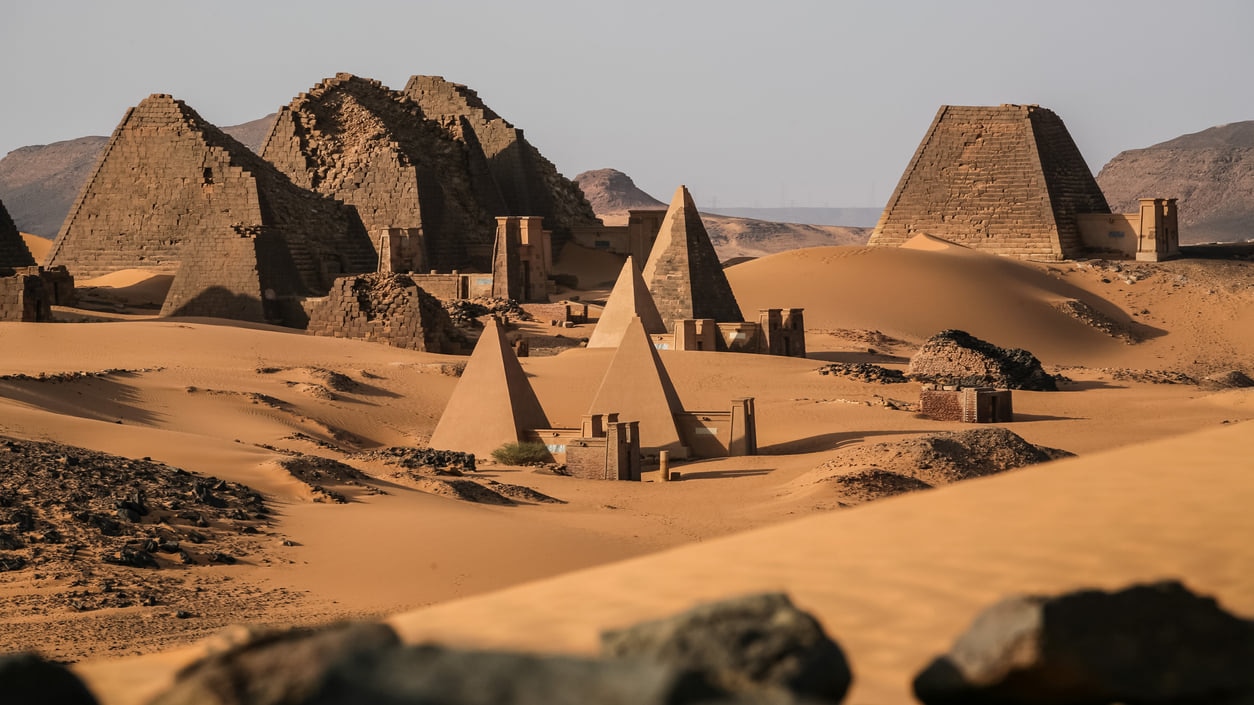
Sudan:A Nation of More Pyramids than Egypt and a World-Famous Diving Destination
table of contents
[x] close
Sudan:A Nation of More Pyramids than Egypt and a World-Famous Diving Destination
- 1. Sudan National Museum (Khartoum)
- 2. Meroe Pyramids
- 3. Nile Street (Khartoum)
- 4. Sanganeb National Park (Port Sudan)
- 5. University of Khartoum (Khartoum)
- 6. El Kurru Tombs (Karima)
- 7. Gebel Barkal
- 8. Al Kabir Mosque (Khartoum)
- 9. Ethnographic Museum (Khartoum)
- 10. Museum of the Khalifa's House (Omdurman)
- ◎ Closing
Sudan is also known as the Republic of North Sudan, since the independence of South Sudan. Sudan is in North Africa, bordering Egypt and is the third largest country of the continent. Sudan had for a long time suffered the turmoil of civil war but since its independence, this phenomenal country has regained its glory. This country is a pleasant surprise for many sightseeing visitors. It is the home to most of the part of the giant River Nile and has got more pyramids than Egypt. The Northern and Central parts of Sudan are a gem for desert lovers while the Southern part is for the vegetation and forests sightseers. The Northeastern region is considered the safest part of Sudan. Sudan is an Islamic state that observes the Sharia Law, so alcohol and drugs are illegal.
1. Sudan National Museum (Khartoum)
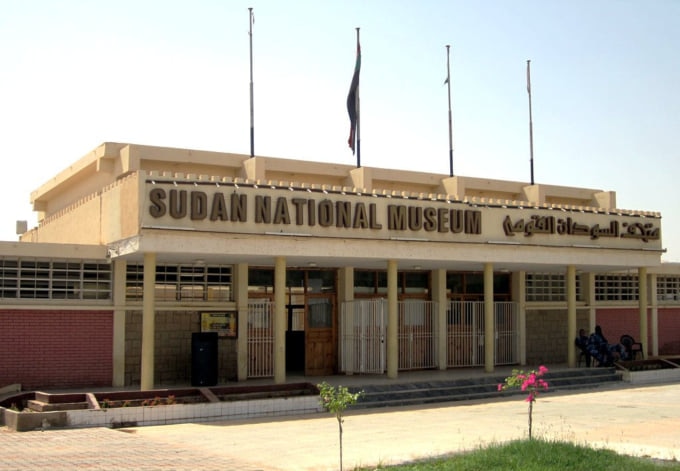
Sudan National Museum holds many treasures and exhibits of a Nubian archeological collection from the Paleothilic period to the Islamic reign. Most if not all exhibits are specific to the development of Sudan and are laid out in four main parts. The main hall on the ground floor, a gallery on the first floor, an open-air exhibition in the museum garden and a monument alley outside the building. The best weather season for sightseeing is between December and February when the temperature in most parts of Sudan are below 30ºC. Other months are either too hot and dry or rainy.
2. Meroe Pyramids
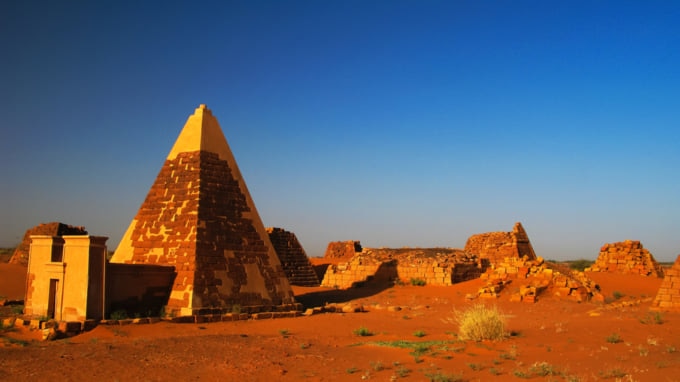
Photo by Homo Cosmicos/shutterstock
Although Egypt is famous for pyramids, Sudan has 220 pyramids, making it the country with the most numerous pyramids. Actually, the pyramids are the reason that most adventure seekers travel to Sudan. The Meroe pyramids are in the eastern desert of Sudan and are part of the Nubian Pyramids. The Meroe pyramids are one of the major sightseeing attractions as they receive thousands of visitors each year. Most of the sightseeing safaris are by camel rides but still, you can hire a guide or walk to the pyramids. Sometimes the heat can become unbearable, so we recommend that you visit early in the morning, wear sunscreen and carry plenty of drinking water. This part of Sudan is always hot, but it is more bearable in January.
Name:Meroe Pyramids
Address:Nothern Sudan, Meroe, Sudan
3. Nile Street (Khartoum)
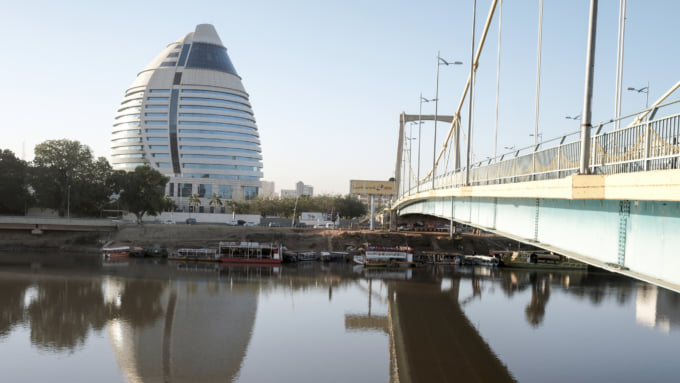
Khartoum, the capital of Sudan, is where most of the urban life thrives. Nile Street is the face of the city. The street is a three-lined road with some of the best architectural sights of Sudan. The most notable historic establishments are the Sudan Friendship Hall, Presidential Palace, and the Al-Fateh Tower. There are also many restaurants and cafes lined up on the street, where you can sample Kisra, the staple food of Sudan. From late afternoon, the street turns to a hot nightlife spot where locals and visitors get to enjoy the boisterous Khartoum. The street is also about 4 kilometers from River Nile, and it offers an unforgettable view of the massive river both during the day and at night.
Name:Nile Street
Address:Nile St., Khartoum, Sudan
4. Sanganeb National Park (Port Sudan)
Africa is famous for the jungle and the Big Five, but Sudan is exceptional, it is either about the shore line or the desert. Sudan has one of the best marine life systems in Africa. Sanganeb National Park is the first marine park of Sudan, and is an excellent place for some diving, sightseeing or just for relaxing and enjoying the cool breeze of fresh air. The park is divided into two parts. One part is a coral reef structure about 25km off the shoreline of Sudan in the Red Sea. The second part is about 125km from the port of Sudan. Both parts of the park have a vast biodiverse system of over 120 coral reefs, seabirds, mammals, turtles and beaches.
Name:Sanganeb National Park
Address:Sanganeb Reef, Port Sudan 33311, Sudan
5. University of Khartoum (Khartoum)
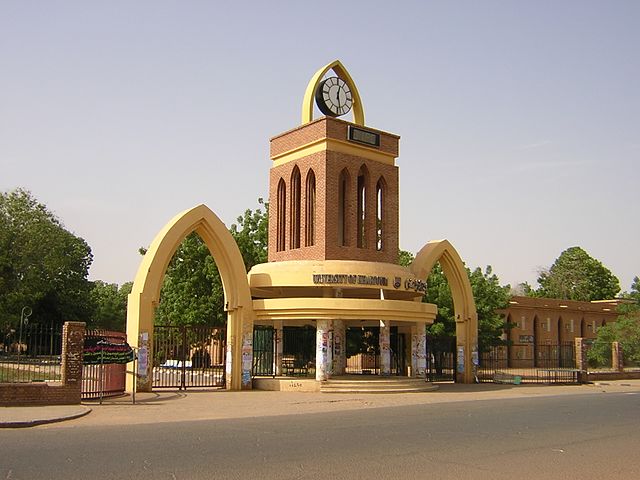
Photo by commons.wikimedia.org
Khartoum never runs short of fascination sightseeing places and the University of Khartoum is a crucial addition to the list. This university is more than 100 years old, making it the oldest tertiary institution of Sudan. The buildings have a mix of British and Islamic architectural designs as the main campus was built during the colonization of Sudan while other parts like the library were constructed post-independence. The vegetation around the compound and the cute ever playing cute monkey are worth sightseeing as you enjoy a cup of tea at the students’ cafeteria. The library is also worth visiting, especially if you interested in the history of Sudan.
Name:University of Khartoum
Address:Al-Gamaa Ave, Khartoum 11111, Sudan
Related Site:http://www.uofk.edu/index.php/en/
6. El Kurru Tombs (Karima)
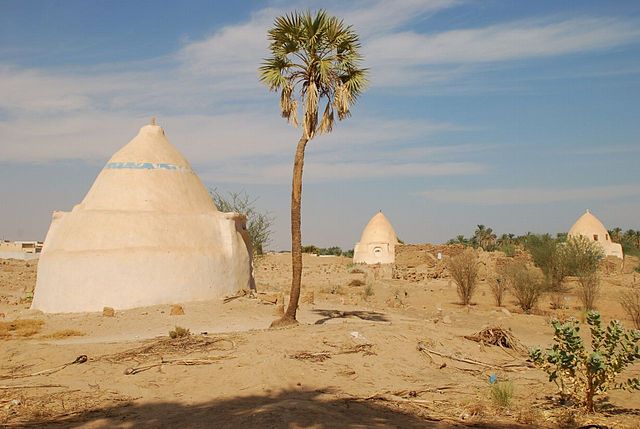
Photo by commons.wikimedia.org
El Kuru tombs give you a chance of sightseeing the royal tombs of the 7th century in Sudan. The tombs were many but presently, only two that are still well-preserved. The two are for King Tanwetamani, one of the ancient kings of the kingdom of Sudan, and his mother Queen Qalhata. The tombs are brilliantly painted with colorful photos of people, animals and the sky, representing the beliefs of the people of Sudan. The tomb chambers are underground and the staircase is dark, thus a torchlight will be handy. Dress lightly for the tomb’s sightseeing tour as the chambers are quite humid.
Name:El Kurru Tombs
Address:Barkai Street South, Karima, Sudan
7. Gebel Barkal
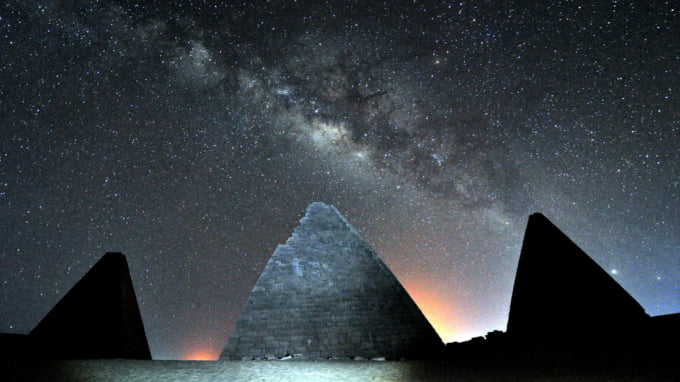
Photo by Enrico Montanari/shutterstock
Gebel Barkal is a small mountain in the Northern part of Sudan, which is strongly associated with many religious traditions and folklore. Presently, the hill is still considered sacred by some local people. The mountain’s unusual appearance of a spire-like pinnacle and isolation make it a fascinating sightseeing destination in Sudan. At the foot of the mountain, there are tombs, temples and palaces that were used as early as 350AD. The hike to the top of the mountain is not challenging, so do not miss the spectacular view from above. It is easier to climb when it is not too hot, so we recommend that you go for sightseeing before midday, between December and February.
Name:Gebel Barkal
Address:Northern State, Karima, Nubia, Sudan
Related Site:http://www.jebelbarkal.org/
8. Al Kabir Mosque (Khartoum)
Mosques in Sudan are intricately designed with varying architecture, but Al Kabir Mosque stands out. It is a major landmark in Sudan and a striking example of the ancient Islamic architecture. It attracts both locals as an area of worship and tourists as a sightseeing destination. For visitors, women should cover their hair and wear a long dress while men have to wear long trousers and long-sleeved shirts. Just like most other mosques in Sudan, women have a limited area that they can access. It is the largest in Sudan and is right in the shopping district of the capital so heavy traffic and crowds are unavoidable.
Name:Al Kabir Mosque(Khartoum)
Address:Souk Arabi, Khartoum, Sudan
9. Ethnographic Museum (Khartoum)
The Ethnographic Museum of Sudan does not have floors of exhibits but its collection is captivating and astounding. It was constructed in 1955, the year that the British colonizers left Sudan. The museum has artifacts related to culture, tribes and ethnicities in Sudan. The exhibits are displayed in six rooms, and as you go through them, do not miss out the calligraphic handwritten Koran. You will find pretty much everything that you want to know about the people of Sudan in this museum. Admission to the museum is free and photography is not allowed.
Name:Ethnographic Museum
Address:Gama'a St., Khartoum, Sudan
10. Museum of the Khalifa's House (Omdurman)
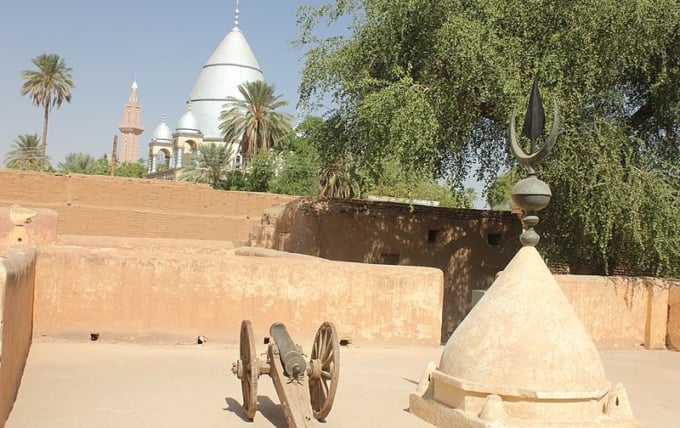
Photo by commons.wikimedia.org
Khalifa House Museum is just opposite to the Mahdi’s tombs in Omdurman, the second city of Sudan. The house in which the museum is was once a residence of Abdullah Ibn-Mohammed who was Sudan’s Ansar. The museum has two floors with displays of items from the Mahdiyah rule of Sudan in the 19th century. Some of the artifacts include coins, banknotes, swords, robes and personal items of the ruler. On the compound of the museum is also an exhibit of the first car of Sudan and a cupula that was found in Mahdi’s tomb. The weather in Omdurman is similar to most other parts of Sudan, so December to February remains the best period for sightseeing.
Name:Museum of the Khalifa's House
Address:Omdurman, Sudan
◎ Closing
Sudan gives you the chance to indulge in the ancient architecture, African Culture as well feel the power of the Blue Nile and the Red Sea. Sudan may not have well connected highways and sky scrapers, but that is what makes it worthwhile. This part of the continent will satisfy your quench for the rough terrain, the desert and the ancient pyramids. A sightseeing tour to Sudan will not leave you feeling like you just had a normal holiday, because it feels like you conquered the challenge of the challenges. For divers, you should not think twice about visiting Sudan, it has the best corals and marine life of the continent.
RELATED ARTICLES
REGIONS
CATEGORIES
FEATURED ON Sudan
-
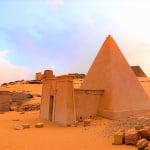
Sudan, Home to the Vast Sahara Desert. Surprisingly Rich in Fruits! 4 Recommended Souvenirs from Sudan
-
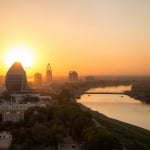
Discover Sudan’s hidden gems: Introducing its 3 UNESCO World Heritage Sites!
-
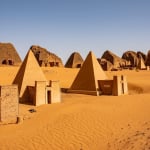
Introducing recommended tourist spots in the enchanting land of Sudan
-
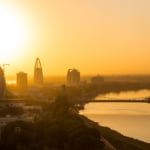
Khartoum : A City with Attractive Sightseeing and Spots of Various Tastes and Beauties
MOST POPULAR ON Sudan
-
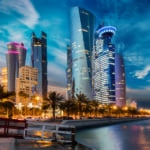 1
1Doha: Must-see Attractions in the Capital of Qatar
-
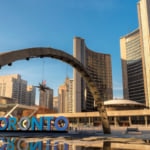 2
2Toronto: 10 Things to do in this Picturesque Canadian City
-
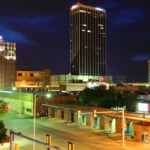 3
3Amarillo: A City Famous for It’s Amazing Canyons, Great History and Music
-
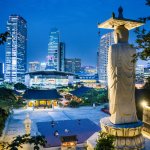 4
4South Korea: Dazzling Scenery, Rich Culture and Fascinating History
-
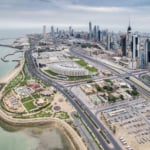 5
5Kuwait: A Country in Middle East Asia Famous for Hot Sand Dunes and Stunning Cityscape

